Iraq’s Abu Ghraib prison was notorious long before U.S. troops were found guilty of abusing detainees there. Originally built in the 1960s, Iraqi dictator Saddam Hussein used the site to house and later execute political prisoners. He closed the prison in 2002, but when the U.S.-led Coalition ousted Hussein by force in 2003, it was reopened. Because Coalition forces used it as an internment camp, it also became a forward operating base – and a target for insurgents.
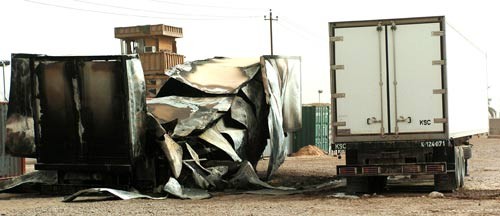
The Battle of Abu Ghraib Begins With Coordinated Assault
Insurgent battles in Iraq don’t always get their due attention from historians, but for the longest time, the biggest obstacle to American success in the Iraq War was these insurgent groups. Abu Musab al-Zarqawi, the leader of al-Qaeda in Iraq, was one of the architects of Iraq’s Sunni insurgency. Determined to hit the Abu Ghraib base to show that nowhere in the country was safe as long as the Americans were in control, he launched an attack on Abu Ghraib so effective and complex that it shocked the defenders of the FOB and American leadership in the country. It was the first time al-Qaeda in Iraq directly attacked the U.S. military.
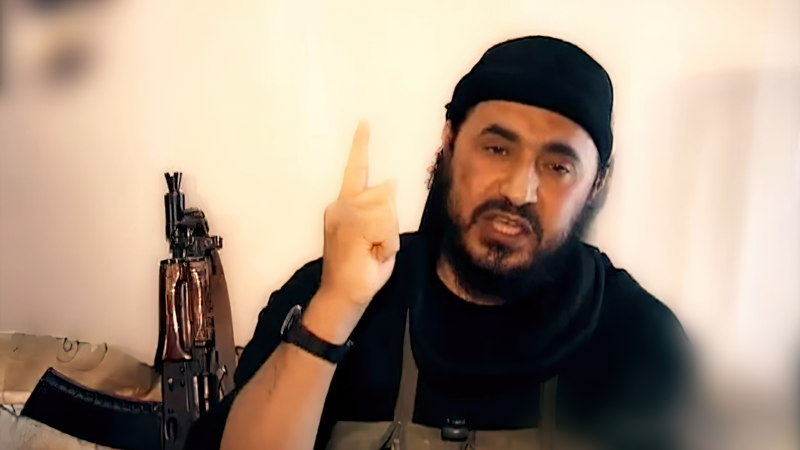
The plan was surprisingly sophisticated. At about an hour after sunset on April 2, 2005, a large number of insurgent fighters fired small arms, rocket-propelled grenades, and mortars at strategic points inside the Abu Ghraib complex. While the American defenders inside scrambled to see where the attacks were coming from and mount a defense, a Vehicle-Borne Improvised Explosive Device – or VBIED, Iraq War parlance for a large car bomb – drove toward the walls of the base, to blow a hole in the compound, creating a breach for insurgents to exploit.
The Battle of Abu Ghraib Reaches Its Violent Peak at Tower 4
Every part of the American base came under attack at once as the car bomb drove toward Abu Ghraib. Although the Marines couldn’t make out exactly how many enemy fighters were taking part in the assault, some estimated as low as 60 and as many as 300, given the intensity of the small arms and RPGs being fired at the towers overlooking the wall defenses. Luckily, the Marines’ own small arms fire hit the car bomb as it sped away, causing the explosives to detonate some 100 meters before reaching the wall.
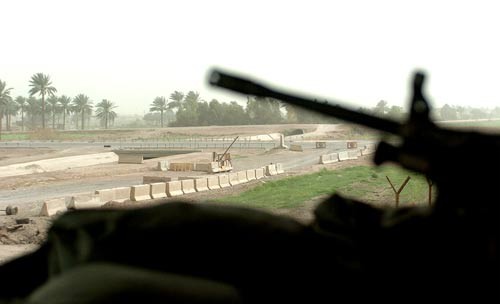
Although the firefight appeared to be happening in every direction at the same time, the attack was more concerted than it seemed. The defenses took a lot of fire from a field to the east, but that attack was a diversion. The main effort for the insurgents focused on Tower 4, along one of Abu Ghraib’s southern corners. The Americans may not have realized how critical that tower was to the enemy’s plan, but when the car bomb failed to breach the wall, Tower 4 became the best way into the forward operating base. The Marines inside were taking heavy fire and hand grenade attacks as they manned their .50-caliber machine gun.

In another tower, hand grenades and RPGs forced the defending Marines to withdraw, rappelling down the tower and reforming a perimeter inside the walls of Abu Ghraib with a machine gun. Had the vehicle hit the walls of the compound or the insurgents focused on entering by way of another tower, the outcome of the battle might have been very different.
The Battle of Abu Ghraib Ends With Costly American Defense
The fighting for Tower 4 was so intense and precisely coordinated that the Marines were certain they would have to hold it by any means necessary, especially once their .50-cal ammunition ran low. Toward the end of the battle, they fixed bayonets in preparation for hand-to-hand combat. Luckily, it wouldn’t come to that. The insurgents threw everything they could at the walls, but with no help from the detainees inside and no way to breach the defenses, they were forced to fall back.
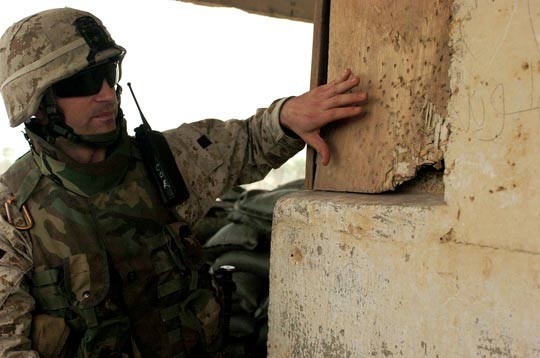
After nearly two and a half hours of intense fighting, the defenses at Abu Ghraib held. NBC News reported that insurgents used nine different car bombs or IEDs during the attack, along with more than a hundred mortar rounds and 10,000 rounds of small arms ammunition. American estimates of insurgent casualties numbered more than 70. The Americans had 44 wounded and no one killed in action.
The attack on Abu Ghraib prison was the most sophisticated and potentially deadly since the end of major combat operations in Iraq in 2003. It was also a harbinger of the destructive and seemingly relentless civil war to come.
Read About Other Battlefield Chronicles
If you enjoyed learning about the Battle of Abu Ghraib, we invite you to read about other battlefield chronicles on our blog. You will also find military book reviews, veterans’ service reflections, famous military units and more on the TogetherWeServed.com blog. If you are a veteran, find your military buddies, view historic boot camp photos, build a printable military service plaque, and more on TogetherWeServed.com today.
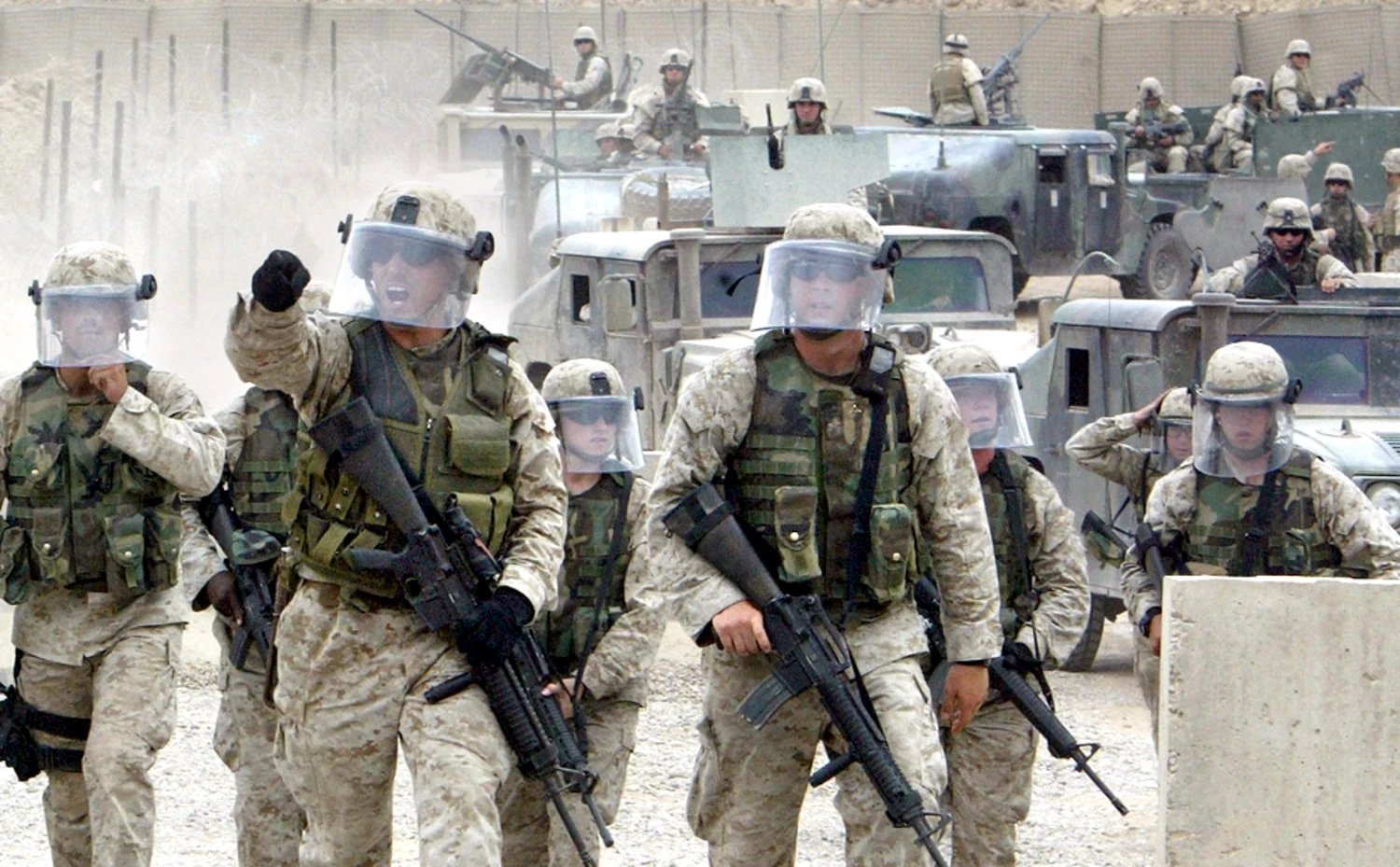
0 Comments